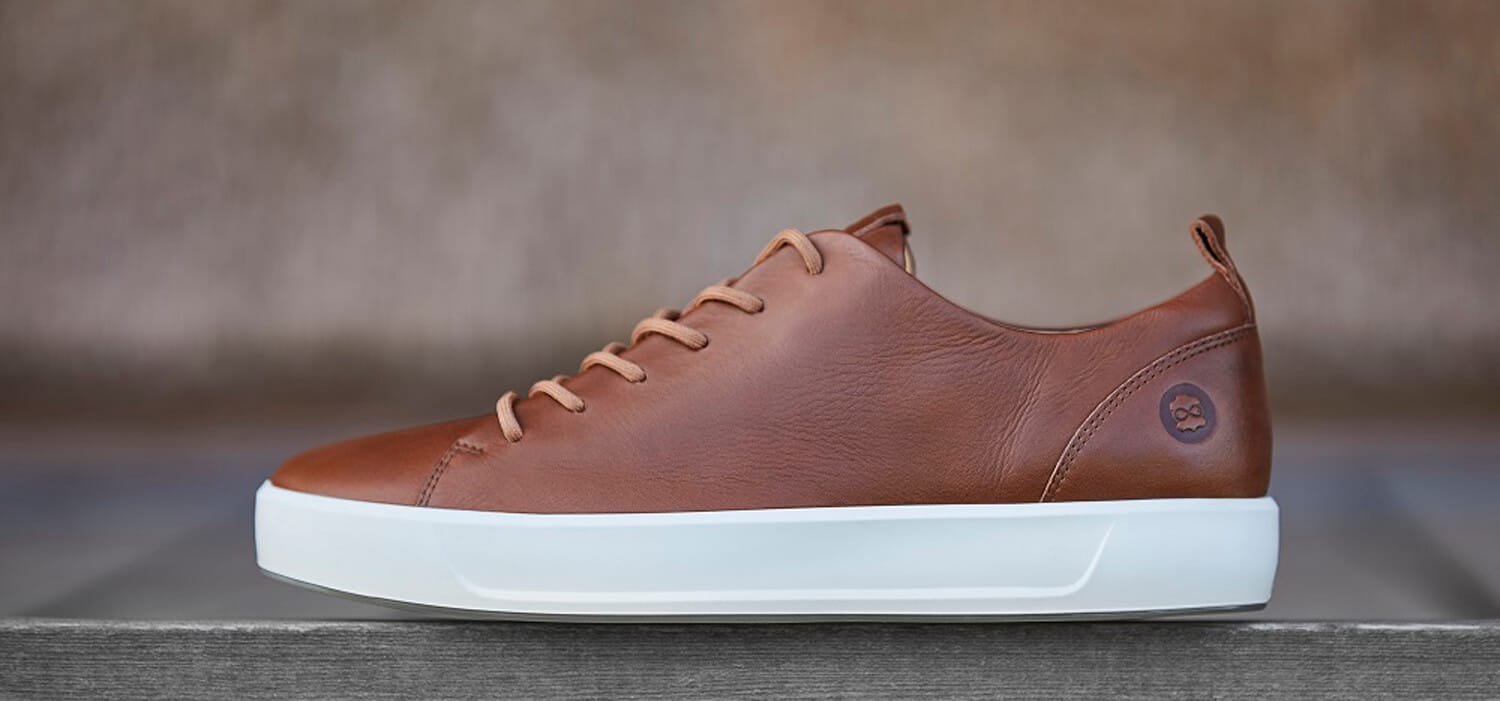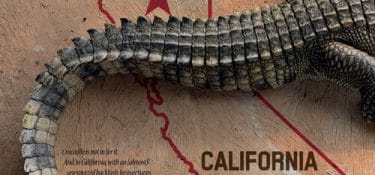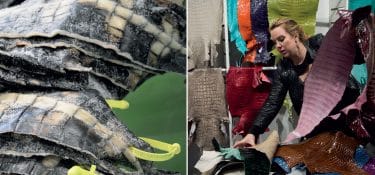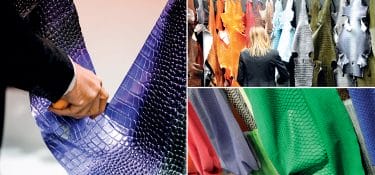Ecco Leather, tanning division of the Danish footwear and leather accessories group, gets to the market with DriTan: the solution to save “enormous quantities of water” and “mud” during the production phase, they say
by Roberto Procaccini
Five years of research went into this project, which was followed by a developmental phase. Personnel, time and money, was invested to make this possible. But now, top management of Ecco, Danish footwear and accessories group, which recorded turnover for 1.2 billion euro in 2017, is sure to have laid the first stepping stone to a tanning process that, if not completely water-free, is very water saver. The fruit of this labor is called DriTan, and it is the tanning process that Ecco has now started using in one of its sites. “Tanning is a traditional trade, going back thousands of years, but we felt the need to look for a new path”, is the message of an official statement published by the Danish group. The technology is still in the experimental phase, but “it uses the humidity present in leather, because “the patented tanning agents preserve the natural collagen of leather without having to add water”. There is still time before the technology can be used at an industrial level. For this reason, Ecco is keeping the more technical details of the DriTan project to itself: chemical formula, application and results. The Denmark-based group limits itself to state that the finished leather obtained with this process are, with regards to quality, characteristics, resistance and durability, completely “indistinguishable” from the leather tanned with the traditional methods.
What is most distinguishable, though, is the use of water by DriTan. According to Ecco leather, tanning division with 114 million euro in revenue, and with 7 facilities between Europe and Asia, the Dutch tannery on which this system was tested saved 20 liters of water per piece of leather, for a total of 25 million liters of water saved each year: “enough to keep 9,000 hydrated for one year, according to the World Health Organization”, they say with pride. With regards to output, this translates into 600 tons of mud less, and 40 trucks less, all of which, rather than having to travel to the disposal site, can remain in the parking lot.
Ecco Leather tans 1.25 million pieces of leather each year, to produce footwear and accessories that keep 2,200 shops open and 14,000 retail points filled with stock all around the world. But the tannery also third-party produces for other brands, that use its leather on finished goods. According to Thomas Gøgsig, director of Applied Research at Ecco, scaling up the use of DriTan internally is (relatively) easy, because “there is no need to invest in new machinery, nor there is a need to purchase “exotic” chemical agents. All that is needed is already within the tannery: everything just needs to be used differently”. The message, given that Ecco hopes that other tanneries outside of the group also use the system, has something of a self-promotion campaign. But, since now, we know much about the technology in terms of hoped achievements and little about the technical nature, we understand. There is something ‘sporty’ about DriTan’s presentation. In fact, the first model produced with leather tanned with this system was a sport shoe. When Ecco participated in the World Water Congress 2018 in Tokyo this past September, the company showed a video to the public in which it showcased its iconic Soft 8 model, made with a DriTan leather upper. A first step, they said. We wait for the next ones.
Italian Project
Key word is: migration of ions. It is their movement from the anode to the cathode (and vice-versa), that makes the acidification of the collagen’s matrix possible, along with its basification. Additionally, this process makes dispersion of the tanning agent possible, because it uses leather’s capacity of acting as a permeable membrane. This is the alternative tanning process being studied by Maurizio Masi, Professor of Chemical Engineering at Politecnico di Milano, which would reduce the amount of water needed to tan leather. According to the model being studied, tanning would actually happen through the immersion of the hide in a salt bath within an electrochemical cell, where the fluctuation of ions would take place. The Lombardy-based University believes that the process has the necessary characteristics to be able to adapt to the marketplace. Moreover, the model would bring significant savings in terms of water and chemical resources needed to tan. Not bad.
Apparition
In spring of 2017 Ecco Leather stole the spotlight with Apparition, “the first tanned leather of bovine origin to be see-through”. The initiative earned some attention, as the fashion world was curious to see it. La Conceria also wrote about this topic, reminding the readers that see-through leather isn’t a new product, since the first to have tried creating it lived in the 19th century, while in Italy further attempts were made until recent times.










